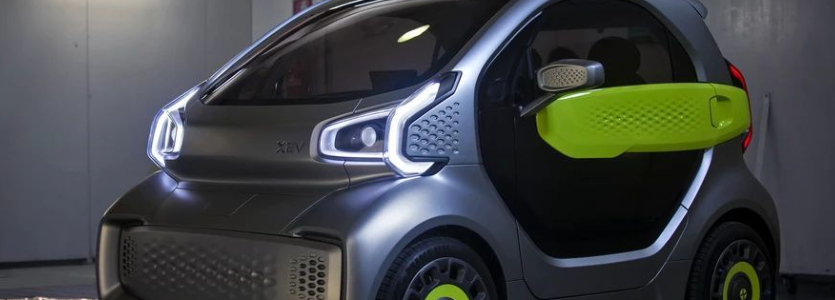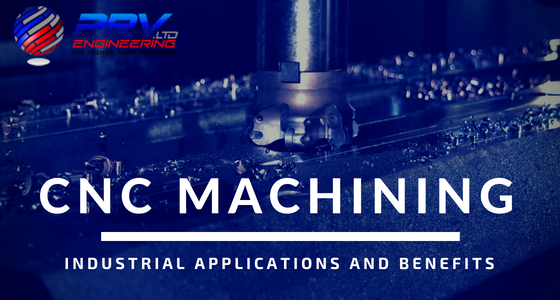3D Printing has come a long way in the last few years and the latest development involves mass-producible electric cars. In 2018, Italy’s XEV announced they were partnering with Chinese 3D printing firm, Polymaker, to build a small, inexpensive electric city car called the LSEV.
In modern-day manufacturing, technology is forever advancing and it is essential to keep up with the all latest trends. Throughout our history, we have seen a number of methods implemented to manufacture custom parts. Today, CNC machining and 3D printing are seen as two of the most widely used manufacturing processes.
With the rapid growth of 3D printing technology, some believe it has become the first choice for many industries. On the other hand, CNC machining is still considered a reliable standard and there really aren’t many things that don’t involve CNC machined parts somewhere in the process.
Looking at the available technologies and industries utilising CNC machining and 3D printing, how do they work? Which industries prefer one or the other and how do they compare?
3D printing, often referred to as Additive Manufacturing (AM) is the sequential layering of materials using computers to create three-dimensional shapes. The process appears relatively simple as a 3D digital model of the item is created. This is done either through computer aided design (CAD) or using a 3D scanner.
The printer reads the design and “prints” successive layers of a medium, either liquid, powder, or sheet material. These are joined together or fused to create the final product or item. While the 3d printing process can sometimes be slow, it can create almost any shape which is particularly useful for geometrically complex components.
The future of construction lies with robots getting down and dirty while implementing 3D printing technology. And now, 3D printing has found yet another purpose with the US military building barracks using a large 3D printer.
Much has been said about the promising future of UK manufacturing and engineering but what does the future hold? Everyone knows that Britain is the birthplace of the industrial revolution and remains a global leader in manufacturing. This applies especially to the aerospace sector as it’s the largest in Europe and only second to the US. In 2016, there were more than 2.6 million people directly employed in manufacturing in the UK alone.
The south-west of England is the largest aerospace region in Europe and home to 15 large aerospace companies. In addition, the cluster also consists of a large network of world-class supply chain companies.
Manufacturers have started to make the transition to new processes striving for greater productivity and functionality. Technological advancements in the last few years mean
We see the benefits of 3D printing all the time from manufacturing, medical, the fashion industry to prototyping and production. With construction in mind and large-scale 3d printers, it is now possible to think about bigger projects. There’s no doubt that that additive manufacturing is an ideal building solution for creating models in architecture.
With that in mind, 3D printing has made headlines once again. This time though, it’s not a 3D printed house in your neighbourhood unless you live on Mars. We take a closer look at how the 3D printed habitat challenge from NASA and their partners have developed. If you are remotely interested in aerospace design, engineering and space exploration, you should really watch these videos.
We can all agree that there aren’t many products we use in everyday life that does not involve CNC machining. From cars, planes, household machines and appliances to medical parts and toys, all go through a CNC machine at some point during production.
Computer Numerically Controlled or CNC machining has become more versatile then ever. The number of axis has increased and the types of machines now available mean that increasingly smaller and more intricate parts are manufactured using a CNC machine. The development of CNC Machining has truly revolutionised the manufacturing industry.
It’s not just CNC machines making waves, further advances like
A new research study by A.T. Kearney and HP Inc has revealed some interesting data. The UK is placed fifth overall in adopting 3D printing and additive manufacturing behind the US, Germany, Korea and Japan. Within Europe, Britain came in second only behind Germany (placed second globally), and ahead of Sweden (eighth), France (ninth), and Italy at twelve.
According to HP Inc, Germany is the only European country with a more positive environment for the technology to transform manufacturing. Although we’ll see some positive data on 3D printing and additive manufacturing, it’s not all sunshine and roses.
Eindhoven in the Netherlands is set to become the center of attention with 3D printed homes. A bridge has already been constructed using cutting edge technology and now, a total of five 3D printed homes will add to the collection. It comes courtesy of a collaboration between the Technical University of Eindhoven, the Eindhoven municipality and several other firms.
3D printing has been the talking point for quite some time and now, the construction industry is taking full advantage. Additive manufacturing is fast becoming a great asset across various sectors and thanks to new technology, 3D printed houses are a real possibility. How about building a house in just one day?
We see the benefits of 3D printing in the manufacturing, medical and the fashion industry from prototype to production. With construction in mind and large-scale 3d printers, it is now possible to think about bigger projects. It goes without saying that additive manufacturing is ideal for creating models especially in architecture where models are rendered prior to construction.
Reflecting back on 2017 we saw a number of engineering trends making their mark in a big way. Some include advanced robotics, additive manufacturing, IIoT, quantum computing and big data. Even though it’s possible to identify hundreds of minor developments, what are the major engineering trends to follow in 2018? Take a look at these top trends we put together to end the year on a positive note.











Recent Comments